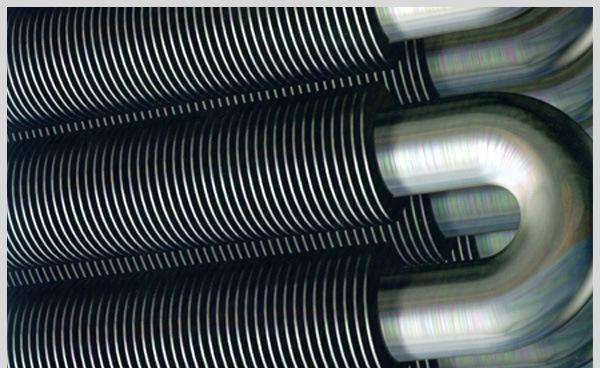What is helical fin tube?
A helical fin tube is a type of heat exchanger that is commonly used in various industries for heat transfer applications. It is made up of a tube that is wrapped with a helical fin that increases the surface area of the tube and improves the heat transfer efficiency.
The helical fin tube is widely used in air-cooled heat exchangers, where it is used to transfer heat from a hot fluid or gas to the surrounding air. The helical fins are typically made of aluminum, copper, or steel, and are designed to maximize the heat transfer coefficient and minimize the pressure drop.
Helical fin tubes are used in a variety of industrial applications, such as power plants, petrochemical plants, refineries, and HVAC systems. They are also commonly used in the automotive industry for engine cooling applications.
Additional information about helical fin tubes:
1. The helical fins can be either solid or serrated, with serrated fins offering a higher heat transfer coefficient due to increased turbulence.
2. Helical fin tubes can be arranged in different configurations, such as single helix, double helix, or triple helix. The number of helices affects the heat transfer area and the pressure drop across the tube.
3. The spacing between the helical fins can also be varied to optimize the heat transfer performance. A tighter spacing results in a larger heat transfer area, but also increases the pressure drop.
4. Helical fin tubes can be manufactured using different techniques, such as extrusion, rolling, or welding. Each technique has its own advantages and limitations, depending on the application requirements.
5. The performance of helical fin tubes can be improved by using coatings or surface treatments that enhance the heat transfer properties of the fins. For example, a thermal spray coating can increase the thermal conductivity of the fins and reduce fouling.
6. Helical fin tubes can also be used in combination with other heat exchanger technologies, such as shell-and-tube or plate heat exchangers, to achieve higher heat transfer rates or better thermal efficiency.

Comments
Post a Comment